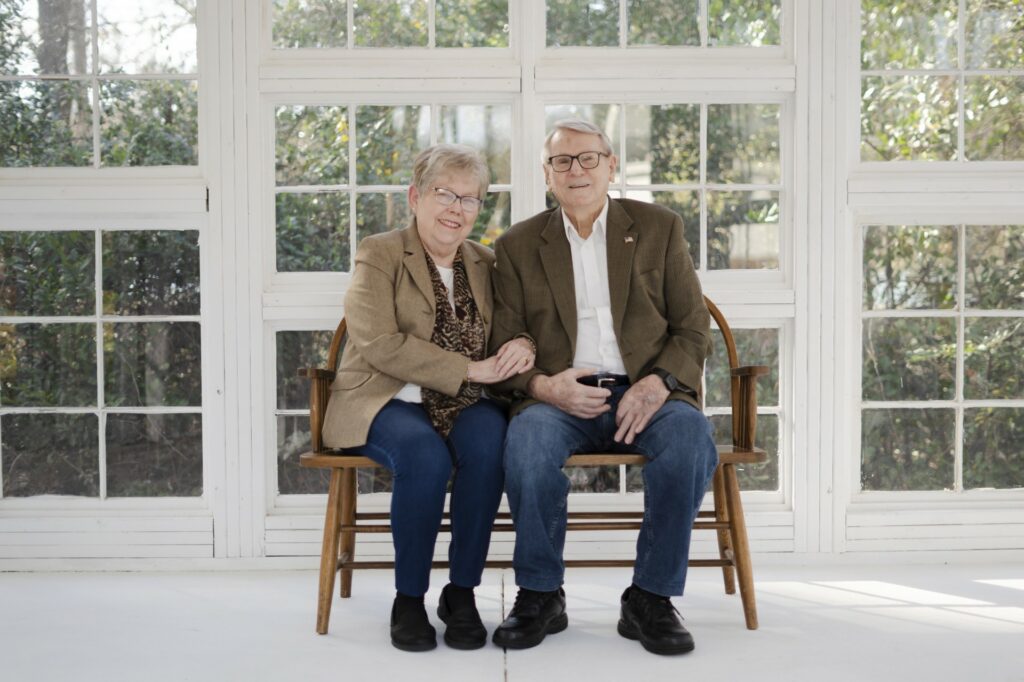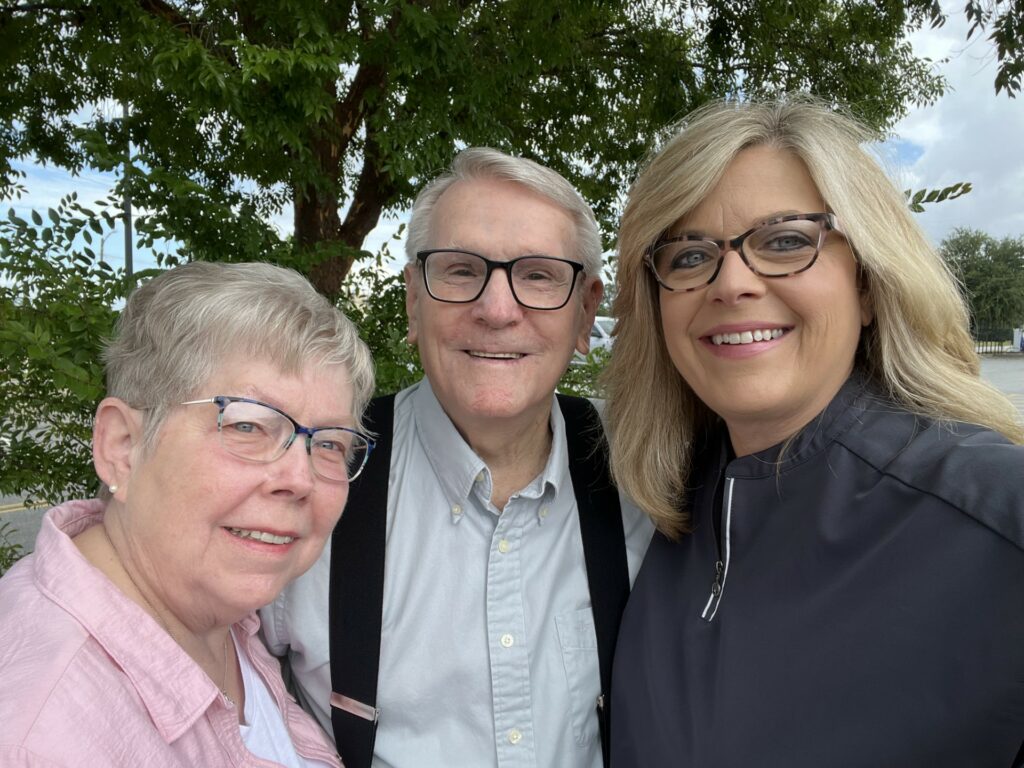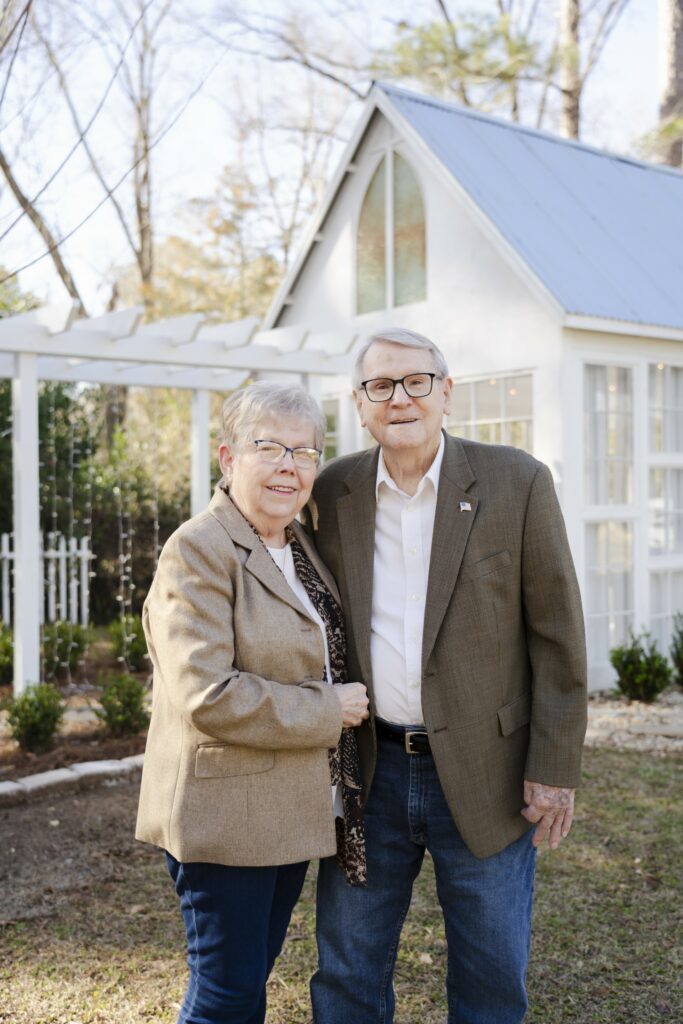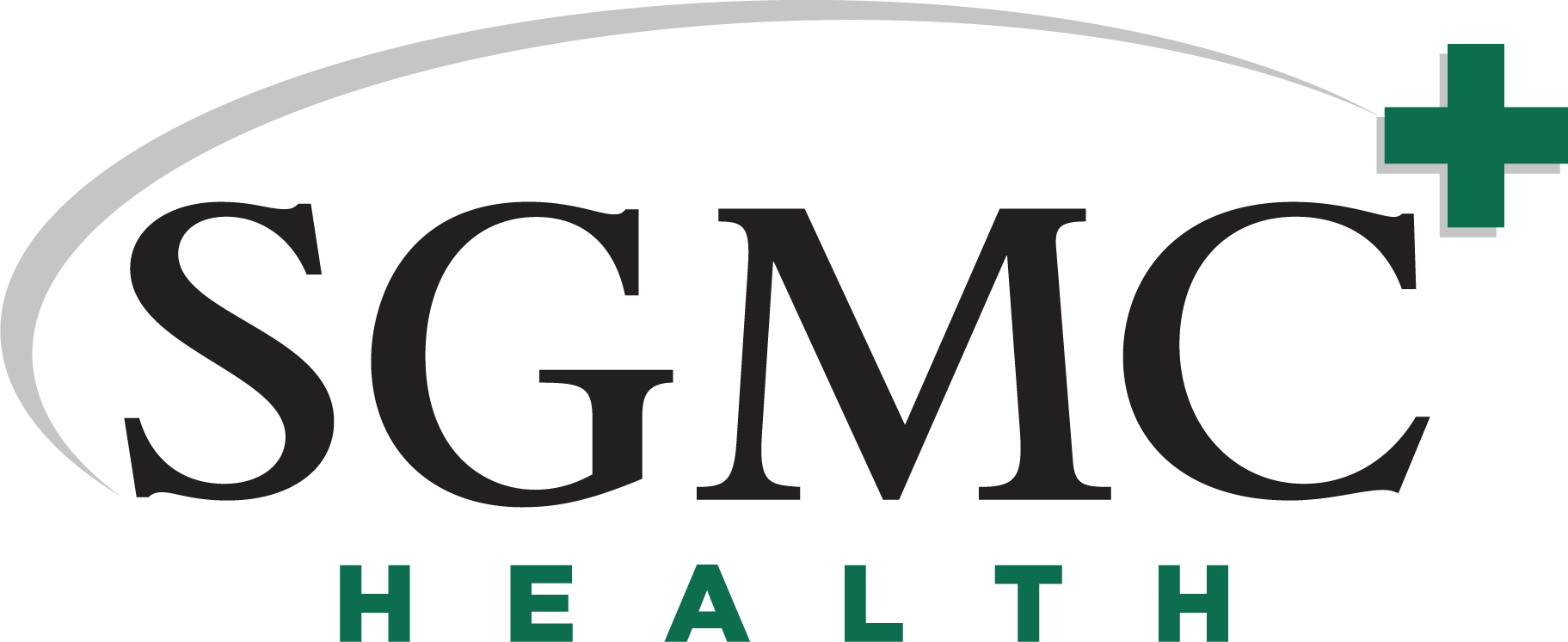

When 89-year-old Maurice Wiggins began feeling worn out and needing frequent naps, he knew something wasn’t right. Already having a preexisting condition of Atrial fibrillation (AFib), which is an irregular and often rapid heart rhythm, he went in for a routine checkup with his primary care physician to discuss the issue.
While listening to Maurice’s chest, his doctor heard something different in his heartbeat including a newly discovered murmur. Concerned, he referred Maurice to Kamil Hanna, MD, a cardiac electrophysiologist whom their daughter had previously worked for and highly recommended.
Dr. Hanna conducted several tests, including an echocardiogram that revealed severe aortic valve stenosis due to excessive calcium buildup affecting his aortic valve function. This diagnosis led to further workup, including a cardiac catheterization and CT scan to further assess for coronary artery disease and obtain additional information about his diseased aortic valve.
Based on the results of these tests, Dr. Hanna felt that Maurice would be an ideal candidate for the Transcatheter Aortic Valve Replacement (TAVR) procedure and referred him to Luke Seibolt, MD, at the SGMC Structural Heart Clinic. Dr. Seibolt spoke to the Wiggins’ about the benefits of TAVR, including a less invasive procedure resulting in less time spent in the hospital and faster recovery compared to traditional surgical aortic valve replacement.
Dr. Seibolt and his highly skilled team then performed a successful aortic valve replacement completed through two small puncture sites in his groin.

“I felt no pain from the procedure aside from some slight soreness at the entrance for the cath in the groin area,” Maurice remarked. The pressure gradient, or pressure his heart had to overcome to eject blood across his aortic valve, fell dramatically, from greater than 40 mmHg before the procedure to 4mmHg at a follow up exam with Dr. Seibolt.
“TAVR has opened the door for management of severe aortic valve stenosis in patients at advanced age who would otherwise be left with minimal options to improve their quality of life,” Dr. Seibolt explains. “Although Mr. Wiggins was 89 years old, he was an excellent candidate for TAVR. After his procedure, Mr. Wiggins was able to return to activities he enjoyed with a noticeable increase in energy level observed by his family.”
Maurice and his wife, Phyllis, had an exceptional experience at SGMC Health. They praised the nurses, mentioning how attentive and supportive they were during his recovery. The couple was particularly impressed with the thoroughness of the care Maurice received. When a CT scan performed prior to surgery revealed enlarged lymph nodes around his lungs, additional tests, including a PET scan, were swiftly arranged, ensuring comprehensive care.
Maurice chose SGMC Health because of Dr. Hanna and has no regrets. He encourages anyone suspecting heart issues to go to SGMC Health, saying, “None of our providers were anything less than top-notch. If I had to do it over again, I wouldn’t choose anyone else. We tell everyone to go to Valdosta.”
